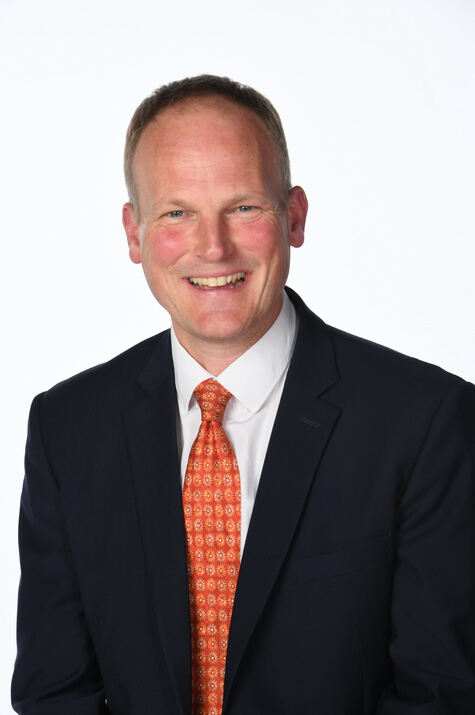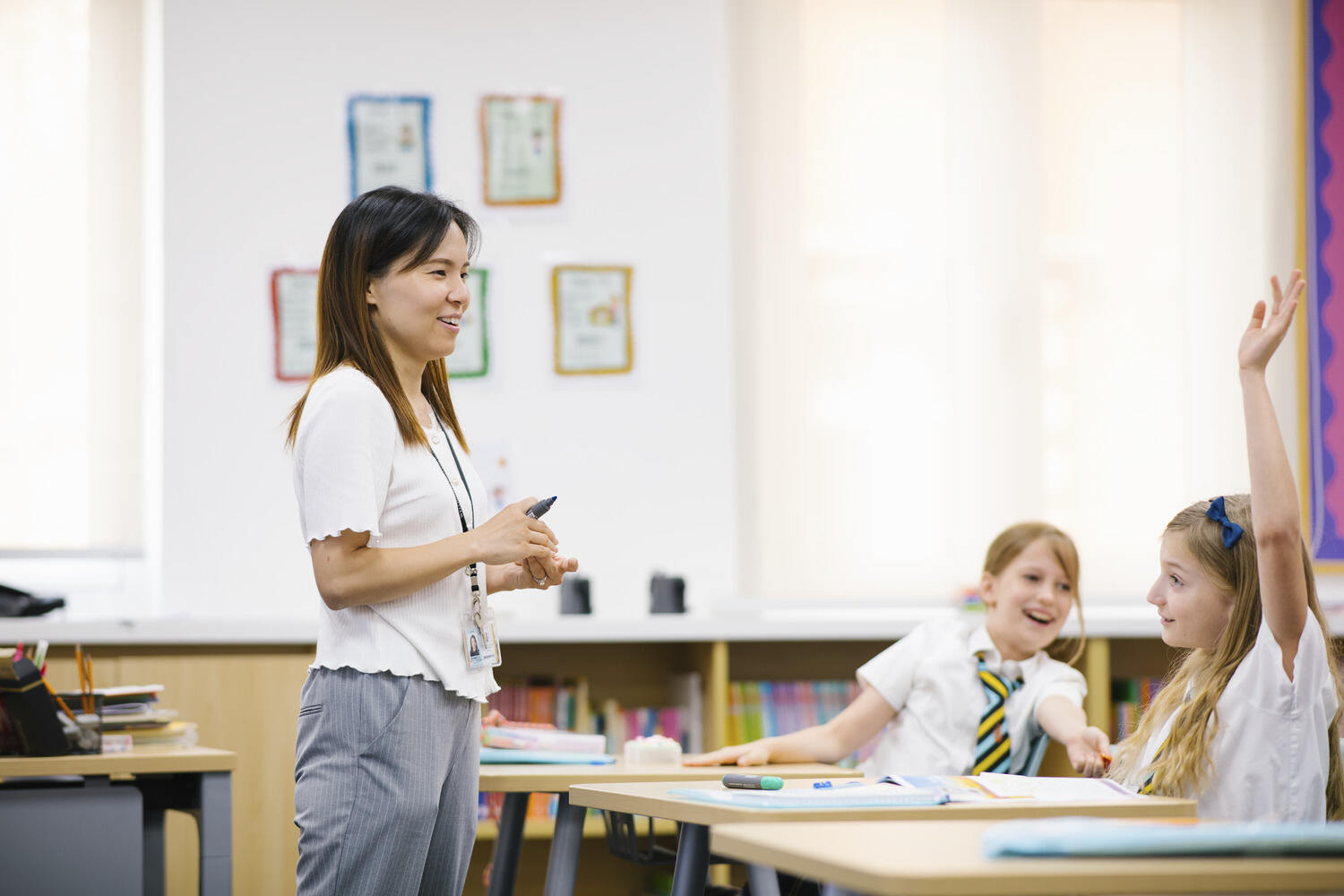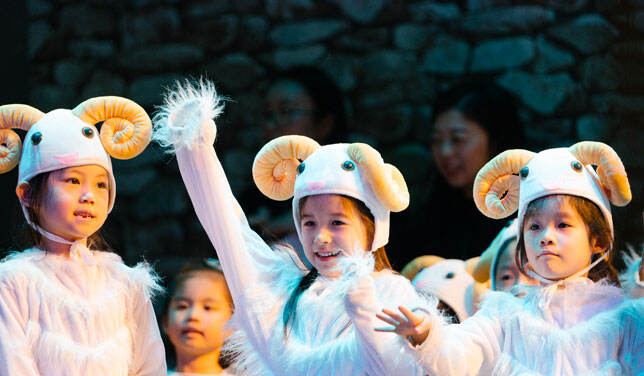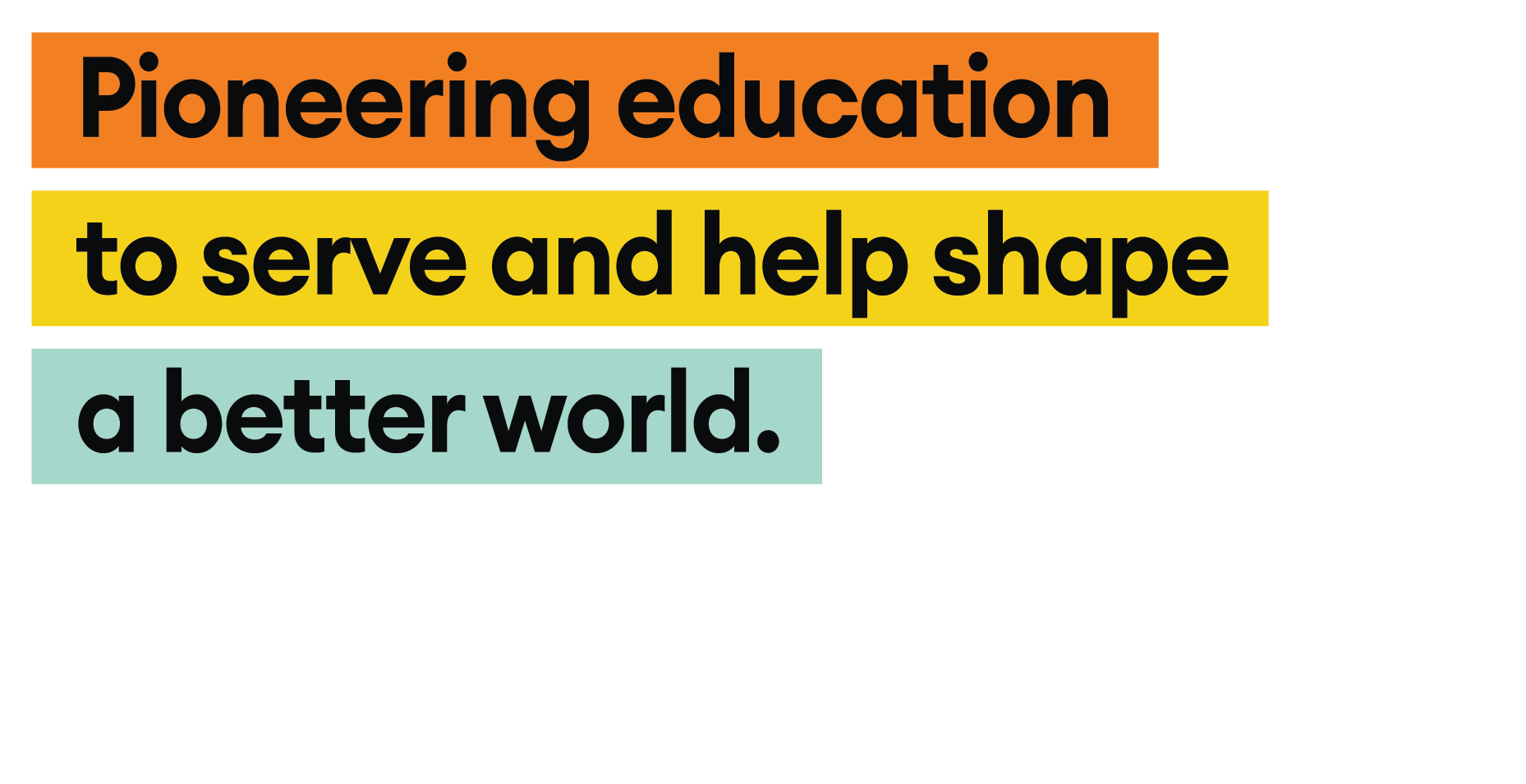Insights | Introducing our new dual-language programme


Andrew Willis
Vice Principal | Head of Prep School
English is often used as a lingua franca, or common tongue, in international settings. 1.5 billion people speak Chinese, and most of them live and work in the world's fastest-growing economy. Suffice it to say, in the coming decades, these will be the two most important languages to know. And anyone who can achieve total mastery of both will prove to be quite an asset. That is why this year, we have introduced an all-new dual-language programme for our youngest pupils. With this ambitious pilot project, we aim to create fully bilingual, biliterate and bicultural pupils through immersion in a dual Chinese and English learning environment.


This is why pupils enrolled in our dual-language programme learn every subject, from maths to social studies, in both English and Chinese. Their second language is thus no longer just one of several academic subjects; it is a medium of instruction in the classroom all day. As a result, they not only learn both languages, they learn how to learn in the languages. This builds vocabulary, reinforces reading comprehension and develops oracy. Because young children are uniquely predisposed to acquiring new languages, this programme is available for pupils in Early Years up to year 2. As it grows, we will look to expand it up to year 5, the last year of general classroom teaching.

Dual-language classes are taught by a team of two teachers, a native Chinese speaker and a native English speaker. Each teaching team also has an expert assistant who helps facilitate dual language learning in activities inside and outside of the classroom, like PE and co-curricular activities. They teach most subjects in parallel in their respective languages, employing a number of highly effective, research-proven techniques. For example, the class may read a text in one language but be asked to answer comprehension questions in the other. By doing this, the pupils develop the ability to transition seamlessly from one language to another. Eventually, they will not have to translate from one language to the other in their heads. They will be able to comprehend and process the information immediately.

The great thing about this programme is that we already have proof of concept. Our sister school Hiba has already been applying a very similar model with great success since 2018. We have built upon this solid foundation by conducting our own research into teaching methodologies and learning from other successful bilingual schools throughout China. I am confident that the end result will be truly bilingual, biliterate and bicultural pupils who can speak, think and dream seamlessly in either language.
Related Articles















